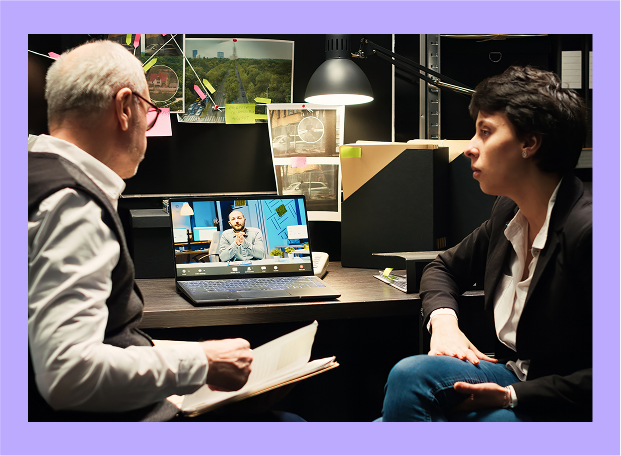The acronym ‘LOL,’ short for ‘laughing out loud,’ has been a cornerstone of digital communication for decades. It first emerged in the early days of online chatting during the 1980s.
This simple three-letter abbreviation quickly gained traction on platforms like Usenet, IRC, and AOL Instant Messenger. It provided a quick and easy way to express genuine amusement in text-based conversations.
Its significance was truly cemented when the Oxford English Dictionary officially listed ‘LOL’ in March 2011. This inclusion highlighted its widespread integration into our everyday lexicon. But how has this digital stalwart adapted to the ever-changing landscape of online interaction?
From Literal Laughter to Linguistic Nuance
Initially, ‘LOL’ was a direct representation of physical laughter. However, its usage has profoundly evolved beyond this original meaning. Today, ‘LOL’ and ‘lol’ function as multifaceted linguistic tools in digital communication.
Linguists now often refer to it as a ‘pragmatic particle.’ This means it’s a word that adds helpful context and color to an interaction. It often conveys much more than just simple amusement.
The Many Faces of LOL in Modern Chat
The modern relevance of ‘LOL’ extends far beyond its literal interpretation. It serves several crucial purposes in our daily digital conversations. Understanding these nuances is key to appreciating its enduring power.
- Softening Statements: ‘LOL’ can lighten the tone of a message, making it appear less severe or confrontational. It adds a casual flair, much like a brief laugh in a face-to-face chat.
- Expressing Empathy: It signals understanding, agreement, or basic empathy. This indicates that a message has been read and acknowledged, fostering connection between users.
- Indicating Irony: ‘LOL’ often shows that a statement is meant to be humorous, ironic, or not entirely serious. This allows for playful banter and layered meanings in text.
- A Social Lubricant: It helps informalize written speech, making online communication feel warmer and less curt. It effectively bridges the gap between spoken and written interaction.
- Filler Word: In some contexts, it acts as a filler or a discourse marker. This helps to subtly direct the flow of a conversation, adding natural pauses to digital dialogue.
While ‘LOL’ still occasionally signifies literal laughter, studies suggest alternatives like ‘haha’ and various emojis are now more common for genuine amusement. Its true power today lies in its incredible versatility as a communication tool.
For those managing multilingual content, understanding such cultural nuances is absolutely vital. Tools like Doctranslate.io can help ensure your message’s tone and intent are preserved across different languages. This includes the subtle effects of pragmatic particles like ‘lol.’
You can explore more about how to manage complex translations by checking out their comprehensive user manual. It’s a great resource for maintaining contextual accuracy in all your documents.
New Ways to Express Amusement
‘LOL’ has also inspired a new generation of expressions. Variations like ‘LMAO’ (laughing my ass off) and ‘ROFL’ (rolling on the floor laughing) convey more intense amusement. These demonstrate a clear need for escalated reactions in digital text.
Lighter alternatives such as ‘hehe’ or ‘haha’ are popular for casual chuckles. Gen Z has even introduced new acronyms like ‘IJBOL’ (I just burst out laughing), sometimes used ironically. The constant evolution shows how dynamic online language truly is.
LOL’s Enduring Influence on Digital Language
In conclusion, ‘LOL’ remains highly relevant in today’s digital world. It’s not just an expression of laughter but a versatile communication tool. It adds nuance, emotion, and crucial social cues to our text-based interactions.
Its evolution is a testament to how language adapts to new technologies and social contexts. The continued presence of ‘lol’ in various forms underscores its powerful cultural impact. It shapes how we interact online, influencing global communication patterns.
The journey of ‘LOL’ from a simple abbreviation to a multifaceted linguistic tool highlights language’s dynamic nature. Continue exploring how digital communication evolves and discover tools that bridge cultural gaps. If you’re tackling multilingual content, remember that solutions like Doctranslate.io can significantly enhance your global communication efforts. Give it a try!


Leave a Reply